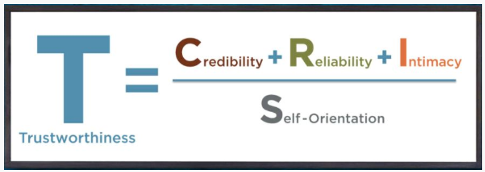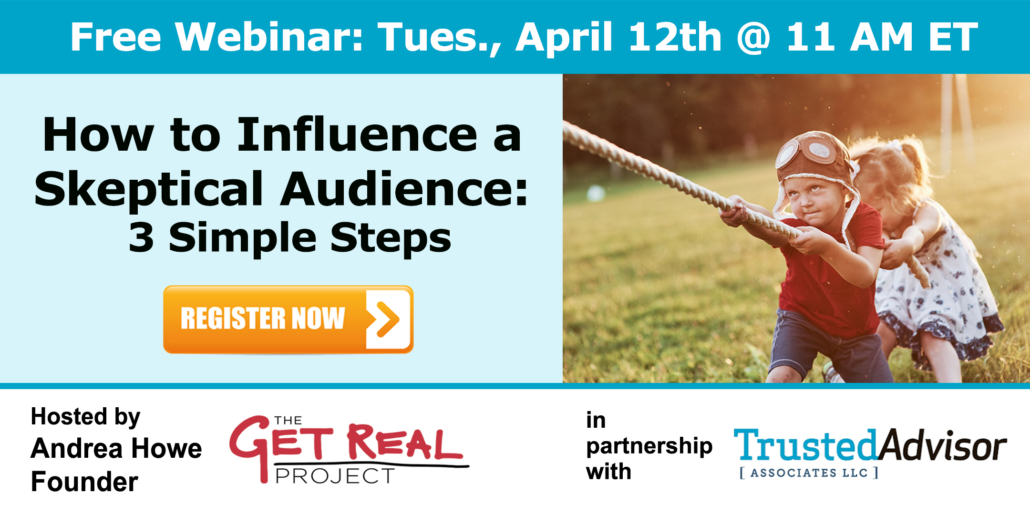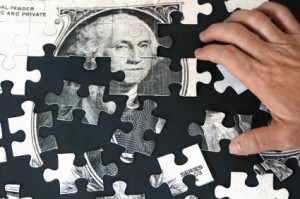It may be the dirtiest little secret in professional sales. The lie we all love to tell ourselves. The truth we just hate to face up to. What secret/lie/truth is that?
The myth of the subject matter expert as key to sales success.
Sources of Mythology about Subject Matter Experts
There is no shortage of prognosticators about the increasing importance of subject matter expertise. You’ve probably seen a lot of it:
- You may have heard from The Challenger Sale folks that if you’re not coming up with new insights about your customers’ business, then you’re a relationship wimp.
- You may have seen the article Top Ten Trends in Sales and Business Development, which lists the rise of the subject matter expert as number one on the list.
- You may have read the Canadian Professional Sales Association article The Rise of the Subject Matter Expert, which says B2B organizations are increasingly turning to subject matter experts.
What all of those pieces have in common is an underlying view of the buying decision as rational, calculating, value-based, and economically driven. And that’s Just. Not. True. That’s the dirty little secret.
To be precise, it’s not that buyers are irrational. Nor are economics or rational thought irrelevant. But the role we ascribe to such thinking is profoundly mislabeled by an awful lot of sales “experts.”
So, let’s get it right.
There are two types of thinking, there are two stages in B2B buying (which largely correspond to those types), and there are two logical roles in the buying process (necessity and sufficiency). When we get it right, those all drop into place, including the role of subject matter expertise.
Two Types of Thinking
Daniel Kahneman, in his book Thinking Fast and Slow, outlines two types of cognition. The first, System 1, is fast, is intuitive, and jumps to instinctive reactions or conclusions. System 2 is the slower, logically deduced, careful check. His book (and his life’s work) consists of showing over and over how much our lives are controlled by System 1, contrary to popular belief.
A similar point is made by Jonathan Haidt in his brilliant book The Righteous Mind: Why Good People Are Divided by Religion and Politics. He uses the metaphor of the elephant and the elephant driver. The latter thinks he is in charge, but in fact the elephant pretty much does what the elephant wants.
If you prefer the same idea in a far more accessible and practical manner, read Josh Waitzkin’s The Art of Learning, in which he explains how he became a junior globally ranked chess champion and then a world champion in the martial art Tai Chi Chuan.
How’d he do it? He learned the link between thinking fast and slow thinking; he learned when and how to use the elephant and when to use the elephant driver. He drilled over and over the most minute movements, strategies, and counters until they became subconscious and he could trust them with “fast thinking”—thereby reserving his “slow thinking” to focus on that one, single differentiating move.
The point is not that one is right and the other wrong. They are both necessary to human functioning, but they play different roles.
Two Stages in B2B Buying
David Maister originally observed that most B2B buying processes proceed in two stages: screening and selection. In the screening process, staff people typically “round up the usual suspects,” putting criteria on spreadsheets and evaluating who should be in the “final four.” That is a prototypical rational process—think spreadsheets, analysis, and quantitative tools—which is why it’s delegated to junior staff.
Then there’s selection. Selection is heavily instinctive, intuitive, and non-rational. Selection is done by senior people who are experienced, have confidence in their judgment, and have the track record to back it up. But of course they don’t claim clairvoyance or rely on gut feeling. No, they rationalize their instincts. To put it prosaically, people decide with their hearts, then rationalize the decision with their brains.
Two Logical Roles: Necessity and Sufficiency
Some things you must have in order to get other things. On the other hand, some things are all you need. Writing a term paper may be necessary to get an A in the course, but writing a paper alone isn’t sufficient to get that A. We often mistake necessity for sufficiency. And subject matter mastery is a classic example.
In B2B sales, it is pretty much necessary to have and demonstrate subject matter expertise. In fact, such expertise is specifically looked for in the screening process assigned to junior staff. The absence of subject matter expertise is often justification for being removed from the final list of firms invited to present.
But subject matter expertise is far from sufficient (the same is true of low price). You’ve seen plenty of cases where neither the lowest price nor the highest technical ability got the job. Instead, the job frequently goes to the seller who is “good enough” on technical (and price) terms, but who clearly has a better trusting relationship with the client.
Interestingly, often this is not stated. In fact, it’s even denied. Selection decisions, which are made with the intuitive, “fast thinking” mind are often rationalized by referring back to the “slow thinking” rational criteria that were employed during the screening phase.
Putting It Together: Revealing the Dirty Little Secret
The dirty little secret is that subject matter expertise plays two important, but precise and limited roles. The first is to screen out uncompetitive offerings up front, so that time is not wasted on providers that are least likely to win. This role is finished once the finalists are selected.
The second role is to rationalize the decisions that are made by the “fast thinking” mind, the “elephant” mind, the subconsciously competent mind that has absorbed experience and can trust its own intuition. Here the rational mind is the handmaiden of instinct and experience.
The buyer may tell you and everyone else that you won the job because of your expertise and credentials and that competitor B lost it because they weren’t as brilliant as you. But don’t you believe it.
You won because you were good enough on the expertise side of things and the client loved you. That means they felt you had integrity, they could get along with you, they could be honest with you, you’d be straight with them, and that if there were problems, they could work them out with you—and not with those other folks.
The dirty little secret is the same thing that popular girl told you in high school when you invited her out and she said, “Oh, I’m so sorry, I’m busy Friday night.” She wasn’t busy; she just didn’t want to go out with you. “Busy” was the socially acceptable excuse of high school dating. “Expertise” is the socially acceptable excuse of B2B buyers.
You gotta have it, but don’t kid yourself that it’s enough.
This post first appeared on RainToday.com



 Most salespeople love athletic metaphors. For example, consider these well-known maxims:
Most salespeople love athletic metaphors. For example, consider these well-known maxims: